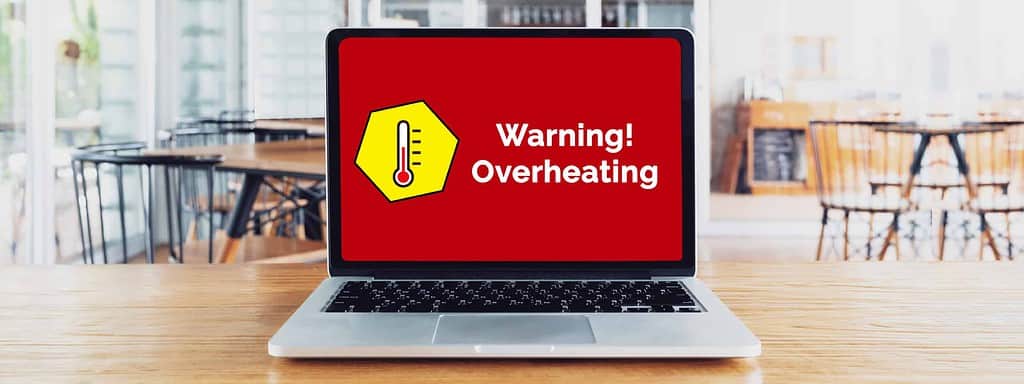
Introduction:
In today’s fast-paced world, laptops have become an indispensable tool for work, entertainment, and communication. However, like any electronic device, laptops can encounter issues, and one of the most common problems users face is overheating. In this blog post, we’ll explore the reasons behind laptop overheating, the potential consequences, and offer some practical tips to prevent and address this issue.
Understanding Laptop Overheating:
Laptop overheating occurs when the internal components of the device generate more heat than the cooling system can effectively dissipate. This can lead to reduced performance, system instability, and even hardware damage over time. Overheating is often caused by factors such as:
· Dust and Dirt Accumulation: Dust and dirt can accumulate within the laptop’s cooling system, obstructing airflow and reducing its efficiency.
· Inadequate Ventilation: Using your laptop on soft surfaces like beds, sofas, or blankets can block the air intake vents, leading to inadequate ventilation.
· Intensive Tasks: Running resource-intensive applications like video editing software or modern games can put a significant strain on the laptop’s hardware, leading to increased heat generation.
· Old or Inefficient Thermal Paste: The thermal paste that helps conduct heat away from the CPU and GPU can degrade over time, leading to poor heat transfer.
Consequences of Laptop Overheating:
· Ignoring laptop overheating can have several negative consequences:
· Reduced Performance: High temperatures can cause the laptop’s components to throttle, reducing their performance to prevent further overheating.
· System Crashes: Overheating can lead to system crashes, sudden shutdowns, and even the infamous “blue screen of death.”
· Permanent Hardware Damage: Prolonged exposure to high temperatures can cause irreversible damage to your laptop’s internal components, leading to costly repairs.
Preventing and Addressing Laptop Overheating:
· Keep It Clean: Regularly clean the air vents and fans using compressed air to remove dust and debris. This will ensure proper airflow and cooling efficiency.
· Use Proper Surfaces: Always use your laptop on a hard, flat surface to allow unrestricted airflow through the vents. Avoid using it on soft surfaces that can block ventilation.
· Elevate the Laptop: Consider using a laptop cooling pad with built-in fans. This can help dissipate heat and keep your laptop running cooler.
· Optimize Performance: Avoid running too many resource-intensive applications simultaneously. Closing unnecessary background processes can also help reduce heat generation.
· Update Drivers and Firmware: Ensure that your laptop’s drivers and firmware are up to date. Manufacturers often release updates to improve system stability and thermal management.
· Reapply Thermal Paste: If you’re comfortable with hardware work, consider reapplying thermal paste to your CPU and GPU. This can improve heat transfer and reduce temperatures.
Contact GR Phones for Professional Assistance:
If you’re still experiencing persistent overheating issues despite trying these solutions, it might be time to seek professional help. GR Phones, a reputable electronics service provider, offers expert assistance for laptop overheating problems. You can visit their website at www.grphones.com.au or give them a call at 1800 86 70 80 to discuss your laptop’s issues and explore potential solutions.
Conclusion:
Laptop overheating is a common concern, but with proper care and attention, it can be effectively prevented and managed. By following the tips mentioned in this blog post and seeking professional help if needed, you can ensure that your laptop remains cool, efficient, and reliable for all your computing needs.

